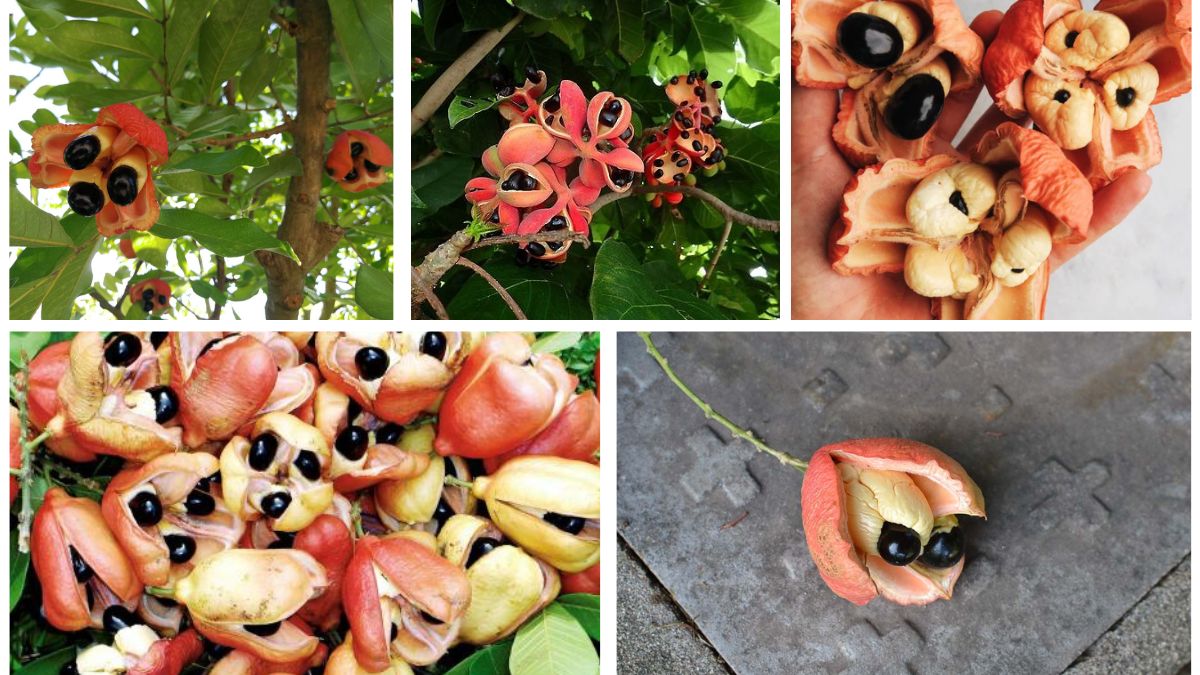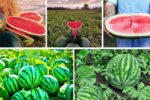When it comes to exotic tropical fruits, few are as unique and culturally significant as the ackee (Blighia sapida). Known for its buttery texture, subtle nutty flavor, and role as a national symbol, ackee is especially beloved in Jamaica, where it forms the heart of the country’s national dish: ackee and saltfish. But beyond its culinary fame, ackee also plays an important role in agriculture and exports.
This brings us to an interesting question: Which country is the largest ackee producer globally?
The answer is Jamaica. This Caribbean nation not only produces the majority of the world’s ackee but has also become the chief supplier of the fruit to international markets. Let’s dive deeper into Jamaica’s dominance, the global ackee trade, and the cultural, nutritional, and economic importance of this fascinating fruit.
Jamaica: The World’s Largest Ackee Producer
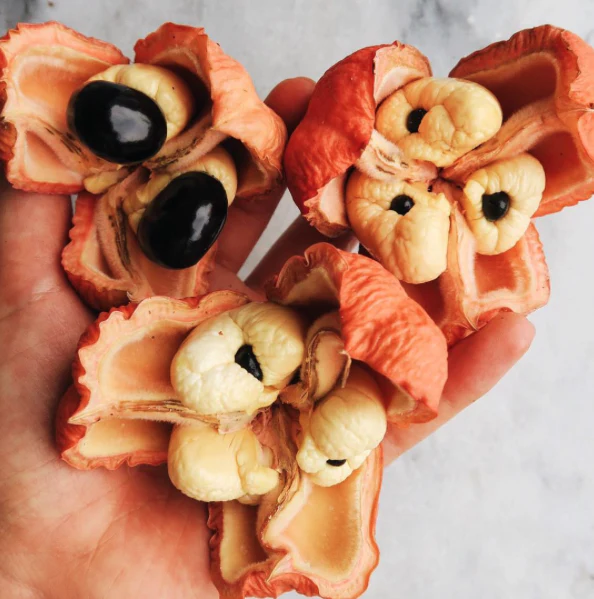
Key Facts About Jamaica’s Ackee Industry:
- Production Volume: Jamaica produces thousands of tons of ackee annually, far more than any other nation. While exact numbers fluctuate due to seasonal variations, Jamaica easily accounts for the majority of global production.
- Export Leadership: Jamaica is the leading exporter of canned ackee, supplying major markets in the United States, United Kingdom, and Canada.
- Cultural Connection: Ackee is deeply embedded in Jamaican culture and cuisine. In fact, it is officially recognized as the national fruit of Jamaica.
- Harvesting Seasons: Ackee trees bear fruit twice a year, typically in January–March and June–August, ensuring a steady supply for both local consumption and export.
Jamaica’s combination of fertile soil, tropical climate, and cultural importance has made it the undisputed global leader in ackee production.
Why Jamaica Dominates Global Ackee Production
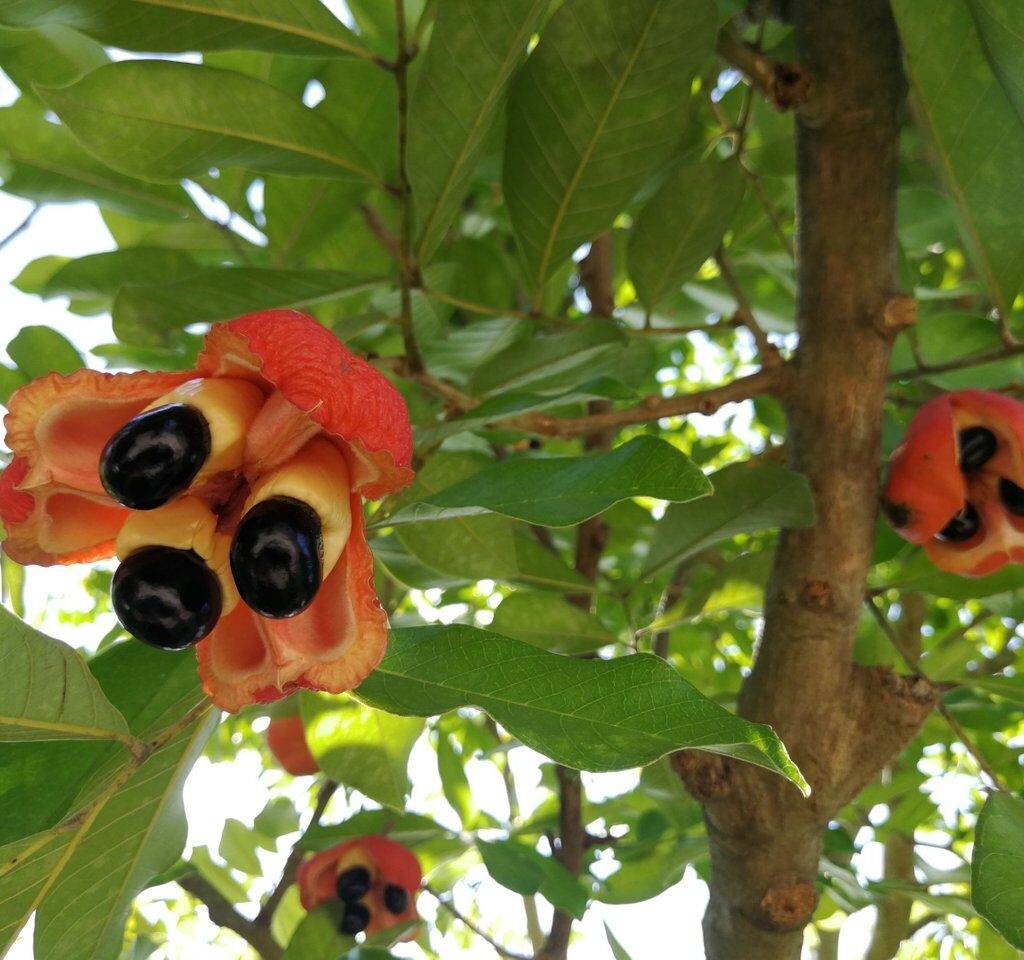
Several factors explain Jamaica’s unmatched leadership in producing and exporting ackee:
1. Favorable Growing Conditions
Ackee thrives in warm, tropical climates with well-drained soils. Jamaica’s natural environment provides the perfect conditions for large-scale cultivation.
2. Long History of Cultivation
Ackee was introduced to Jamaica from West Africa in the late 18th century. Since then, the fruit has flourished, becoming an integral part of the island’s agriculture and cuisine.
3. Cultural Significance
Few countries have tied a fruit so closely to national identity. The inclusion of ackee in Jamaica’s national dish ensures that it remains highly valued and widely cultivated.
4. Established Export Industry
Jamaica has invested in canning facilities and export infrastructure, enabling the fruit to reach international markets safely. This processing is essential since fresh ackee is highly perishable.
5. Strict Safety Standards
Ackee contains a natural toxin called hypoglycin A, which can be harmful if the fruit is unripe. Jamaica has strict quality and safety controls to ensure only properly ripened ackee enters the supply chain, giving international buyers confidence in Jamaican exports.
Other Countries That Produce Ackee
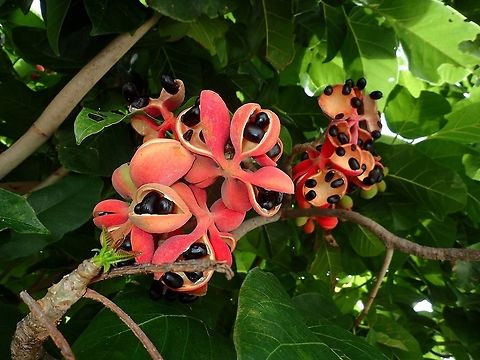
Although Jamaica dominates, ackee is grown in several other regions around the world, mainly due to its African origins.
1. Haiti
- Haiti is the second-largest producer of ackee in the Caribbean.
- Most of its production is consumed locally, though some is exported regionally.
2. West Africa
- As ackee’s native home, countries like Ghana, Nigeria, and Senegal still grow it widely.
- However, in these nations, ackee is more of a backyard crop or used in local cuisine, rather than a major commercial export product.
3. Other Caribbean Nations
- Ackee is cultivated in smaller amounts in places like Barbados, Trinidad and Tobago, and Saint Lucia.
- Local consumption is significant, but commercial exports are limited compared to Jamaica.
4. Central and South America
- Ackee has spread to countries such as Belize and Guyana, but production volumes remain relatively small.
Global Ackee Export and Trade
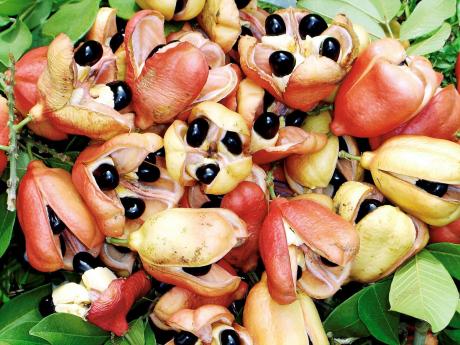
Major Exporter: Jamaica
- Jamaica supplies the majority of canned ackee available on international markets.
- United States, United Kingdom, and Canada are the biggest importers, driven largely by their Caribbean diaspora communities.
Value of Ackee Exports
- Ackee exports contribute millions of dollars annually to Jamaica’s economy.
- The United States, in particular, is a lucrative market, with Jamaican ackee often featured in Caribbean restaurants and specialty stores.
Trade Challenges
- Ackee exports face strict regulations, especially from the U.S. Food and Drug Administration (FDA), due to the risk of hypoglycin A poisoning. Only properly processed and certified ackee products are allowed entry.
Nutritional and Health Benefits of Ackee
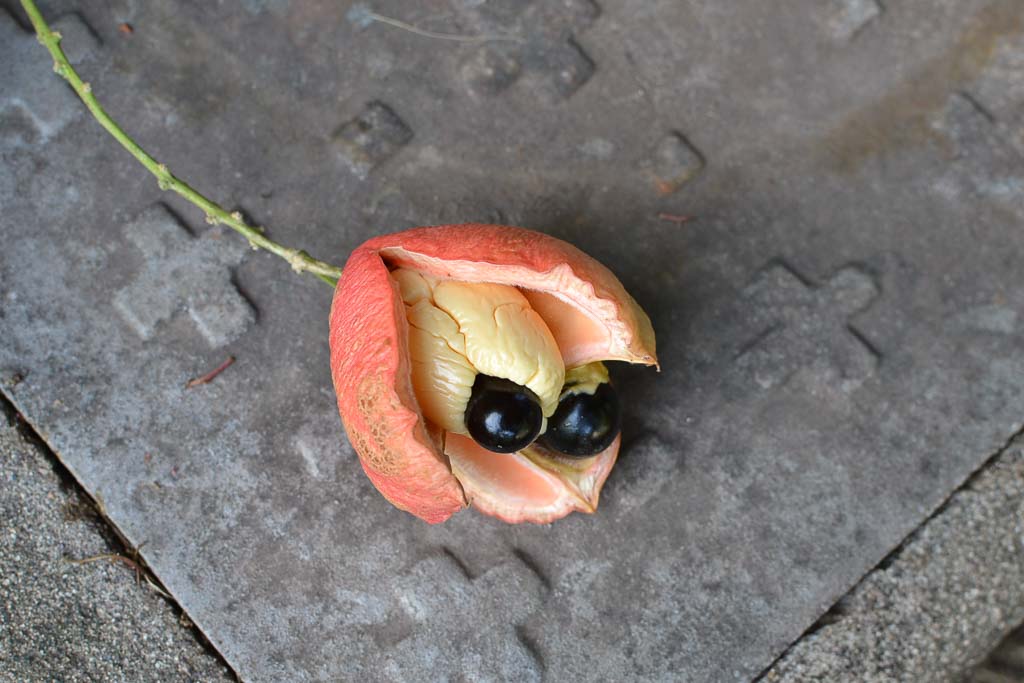
Ackee isn’t just culturally important—it’s also nutritionally valuable. When properly ripened and prepared, ackee offers numerous health benefits:
- Rich in Healthy Fats: Ackee contains essential fatty acids, making it an excellent source of energy.
- High in Protein: Provides plant-based protein for muscle growth and repair.
- Loaded with Vitamins: Especially vitamin A (good for vision and immunity) and vitamin C (boosts the immune system).
- Mineral Content: Contains calcium, zinc, and iron, which are important for bone health and circulation.
- Low in Carbohydrates: Suitable for balanced diets focused on healthy fats and proteins.
These nutritional advantages, along with its unique taste, make ackee increasingly appealing beyond Caribbean communities.
Challenges in Ackee Production
Despite Jamaica’s dominance, ackee cultivation and trade are not without difficulties:
- Toxicity Concerns
- Unripe ackee contains high levels of hypoglycin A, which can cause “Jamaican vomiting sickness.” This makes strict harvesting and processing rules essential.
- Perishability
- Fresh ackee spoils quickly, limiting its potential as a fresh fruit export. This is why most international markets receive canned ackee.
- Climate Vulnerability
- Ackee production can be impacted by hurricanes, droughts, and other climate-related challenges that often affect Caribbean agriculture.
- Regulatory Barriers
- Exporters must constantly meet stringent international safety standards, particularly in the U.S. and Europe.
The Future of Global Ackee Production
Looking ahead, Jamaica will likely continue to be the world’s top producer and exporter of ackee. However, there are opportunities and challenges ahead:
- Growing International Popularity: As Caribbean cuisine gains global recognition, demand for ackee is expected to rise.
- Value-Added Products: Beyond canned ackee, new products like frozen ackee or ackee-based sauces may expand the market.
- Sustainable Farming Practices: Investments in sustainable and resilient agriculture will help mitigate climate risks.
- Expansion in Other Countries: Nations in Africa and the Caribbean may increase commercial production, but Jamaica’s expertise and established reputation will keep it in the lead.
Conclusion
So, which country is the largest ackee producer globally? Without a doubt, the answer is Jamaica. The island nation not only grows the most ackee but also leads the world in exports, making the fruit a symbol of national pride and a vital contributor to its agricultural economy.
While other countries like Haiti and Ghana produce ackee, none have elevated it to the same cultural and commercial level as Jamaica. With its unique taste, nutritional value, and deep cultural roots, ackee remains a shining example of how a fruit can become both a culinary treasure and an economic powerhouse.
As global appreciation for Caribbean cuisine grows, Jamaica’s leadership as the world’s largest ackee producer will remain strong, ensuring that this iconic fruit continues to delight palates worldwide.
